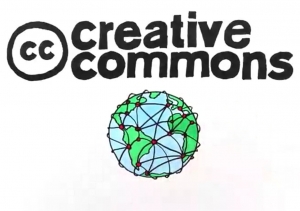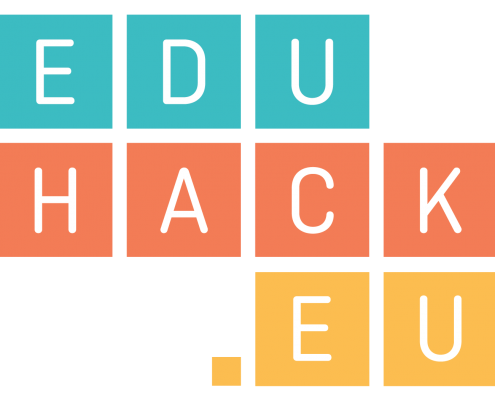Apply open licenses to your resources
Read
 When you want to share a digital content as an OER, you have to share it lawfully. This means that first of all you have to identify whether the resources are protected by copyright or by other third party rights. Also in the case the resources are released under an open license, you have to make sure that the terms of the license, or of the licenses if you mix different resources, are respected. This means that you have to properly attribute the resources – in accordance to the specific requirements of their license – and also make sure they are compatible with the license you want to use for your own remix.
When you want to share a digital content as an OER, you have to share it lawfully. This means that first of all you have to identify whether the resources are protected by copyright or by other third party rights. Also in the case the resources are released under an open license, you have to make sure that the terms of the license, or of the licenses if you mix different resources, are respected. This means that you have to properly attribute the resources – in accordance to the specific requirements of their license – and also make sure they are compatible with the license you want to use for your own remix.
Moreover, if you want to share videos, audio recordings, forum conversations or other resources that consist of personal data, you have to make sure that all the data subjects are informed and that they give their consent to the publication. They shall be protected in their privacy pursuing data protection legislations.
An open license is a license agreement which gives the users more freedom when using someone else’s works. Through open licenses, authors grant permission for others to reproduce, adapt, or distribute the work. Examples of such licences include the GNU General Public Licence – the first and most widely used software copyleft licence – and Creative Commons licences. Open licenses are excellent tools to foster sharing: whoever wants to modify the content and distribute it can do so. Moreover, open licenses, such as creative commons, provide a set of granular conditions to specify the objectives and manners in which a resource can be shared, used and modified:
- Attribution, indicating that credit must be specified when others modify or use your work;
- ShareAlike, that are the terms in which others can share and display your work;
- Commercial, that is the possibility of using your work for profit or commercial purposes;
- Derivatives, that is the ability to modify and remix your work.
Watch
To learn how to turn a resource into Open Educational Resource (OER), watch this video by the OERIPRSupport. (duration: 5:10)
When you create an OER by combining works offered under Creative Common licenses, you must not only follow the terms of each of the licenses involved, but also choose a license for your work that is compatible with the other licenses. (duration: 9:16)
Do
(estimated time to complete the task: 1 hour)
Explore the material provided through the public OERs platform of this course section. Find at least four OERs with different licenses and examine the different degree of freedom in distributing and remixing such material.
Try to sum up your discoveries in a blog post to publish on your own blog or the EduHack Wall.
Choose an open license to share the resources you are producing or curating on your own blog, following the steps described here and
add this licence in the home page of your own blog.
Additional Resources
- You can check the guide How to make your resources open by the University of Edinburgh.
- For a short overview to Legal Aspects of OER, you can read this guide provided by Jisc.
- See also this very comprehensive guidance notes about all the legalities surrounding the recording of lectures, including third party copyright, performers’ rights and data protection.
- Read the OER Starter Kit, that provides educators with an introduction to the use and creation of Open Educational Resources.

